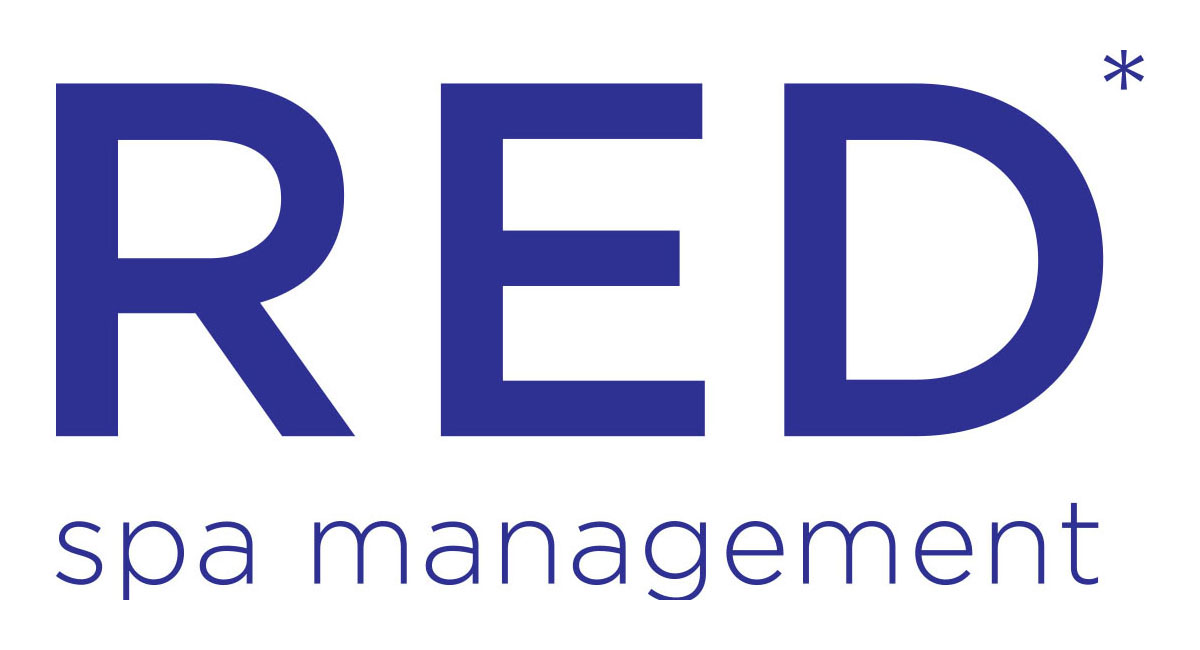
FASCIA DICTIONARY
Cartilage - often present between bony surfaces to present a degree of protection for bone surfaces by providing "padding" and shock absorption capabilities.
Collagenous fibers - very tough and have little stretchability.
Connective tissues of the joint include - cartilage, ligaments, tendons and muscle fascia or fascial sheath. The physical properties of connective tissue determine flexibility at the joint.
Continuum Distortion - Alteration of transition zone between ligament, tendon, or other fascia and bone. Complain of pain in one spot.
Cylinder Distortion - Overlapping of cylindric coils of fascia. Deep pain in a non-jointed area, which cannot be reproduced or magnified with palpation.
Dural tube - surrounding and protects your spinal cord and it contains the cerebrospinal fluid.
Elastic fibers - stretchable.
First layer - is the superficial fascia is attached to the underside of your skin. Capillary channels and lymph vessels run through this layer, and so do many nerves.
Folding Distortion - Three-dimensional alteration of fascial plane. Hurts deep in the joint.
Herniated Triggerpoint - Abnormal protrusion of tissue through the fascial plane. Smaller fascial herniations
Ligaments - connect bone to bone and offer stability and integrity to joint areas.
Muscle fascia - represented by 3 "layers" of fascia that wraps the muscle:
• Endomysium- wraps individual muscle fibers or cells.
• Perimysium- wraps around groups or bundles of muscle fibers.
• Epimysium- wraps the entire muscle.
(These various "layers" of fascia culminate in the tendons of the muscle)
Second layer - the deep fascia is much tougher and denser material. Your body uses deep fascia to separate large sections, such as the abdominal cavity.
Tectonic Fixation - Inability of fascial surfaces to glide. Complain that their joint being stiff.
Tendons - connect muscles to bone. The force of muscle contraction is transferred via the tendinous attachment of the muscles to the skeletal system.
Third layer of fascia - is the sub serous fascia. This is loose tissue that covers your internal organs and holds the rich network of blood and lymph vessels that keep them moist.
Triggerband - Distorted fascial band. Sweeping motion with their fingers along the involved pathway when describing their discomfort.
Myofascial Release is generally an extremely gentle sustained pressure and gentle form of stretching that has a profound effect upon the body tissues.
Myofascial Therapists also teach the patient stretching exercises to help them maintain their health.
•Treatment consists of strokes and stretching called unwinding, which helps the Therapist find specific areas of trauma called still points.
•Explain the treatment to the client.
•Myofascial release is an osteopathic term coined by Dr. Robert Ward.
•John F. Barnes is Physical Therapist and the biggest teacher of Myofascial Release today.
•Myofascial release is also called connective tissue.
•When scars harden in one area, it can put tension on that area and areas far away.
•The stretch must be given with sufficient sweep.
•The area needs to be contracted painlessly without putting any strain on the area worked.
Finding fascial restrictions
•The client must be placed in a comfortable position.
• Before you stretch the fascia, you must stretch and relax the skin.
•Use skin rolling or Petrissage techniques to test the fascia.
•Go both directions to find the most restrictive area.
•If the fascia seems to be flexible, move to another area.
Starting the stretch
•At first the elastic component of the fascia will release, and at some point in time the collagenous barrier will be engaged. This barrier cannot be forced (it is too strong). One waits with gentle pressure, and as the collagenous aspect releases, the Therapist follows the motion of the tissue, barrier upon barrier until freedom is felt.
•Muscles must be kept relaxed while being stretched.
•Slower is better.
•No oil is to be used.
•The Therapist’s hands and the client’s skin must move as one (If you slide on the client’s skin, you are performing it wrong).
•Let your hands sink into the client’s body.
•The stretch must reach deep enough, but do not force it (Pressure only finds the tender area and it does not replace the stretch).
•Your hands will move during the treatment, because the fascia is relaxing.
•Hold a myofascial technique on an average of 90 seconds; some people say 2-5 minutes and others say once you feel a release.
•Push the fascia into a problem joint if there is a problem near a joint.
•If the client notices any tingling or numbness, go to another area.
•Do not tense up when holding the technique.
•You can work all the layers of the fascia, but warm-up each layer first.
•Relax the area after completing a myofascial technique.
•It is harder to do myofascial when the client has cloths on, but it is possible.
•Myofascial is used more for specific treatment areas.
•Myofascial can be painful at times and let the client know the negative parts to it.
•Tell the client to drink a lot of water after the treatment.
•The purpose of myofascial release is to stabilize and relax the fascia.









